We Spell It with a “P”
Claiming Our Narrative
Mu Performing Arts in Minneapolis/St. Paul, Minnesota, commissioned and produced (in June, 2016) Victor Maog’s tot: The Untold Yet Spectacular Story of (a Filipino) Hulk Hogan directed by and starring Mu Artistic Director Randy Reyes. Over brunch and in a later phone chat, Emilya Cachapero, Theatre Communication Group’s director of artistic and international programs, Victor, 2g artistic director and show director for Walt Disney Creative Entertainment, and Randy shared stories about being Pilipino theatre professionals, the national Beyond Orientalism initiative, and the CAATA ConFest taking place at the Oregon Shakespeare Festival in Ashland, Oregon. This is an excerpt of those conversations.
Note: There is no “F” in the original indigenous alphabet and “Pilipino” is spelled here with a “P.”
When we start running organizations and when we insist on sitting at the table, there’s a confidence that vibrates outward, and consequently a growing reclamation of our culture and our worth.—Victor Maog
Emilya Cachapero: There’s a number of strong Pilipino theatre artists right now working across the country. In addition to the two of you, there are directors May Adrales and Nelson Eusebio, Tony-winning designer Clint Ramos, actor/directors Sean San Jose and Flordelino Lagundino on the West Coast, playwrights A. Rey Pamatmat, Jessica Hagedorn, and Han Ong, composer Fabian Obispo, actors Jose Llana, Justin Jain, Orlando Pabotoy, Mia Katigbak, Ching Valdes-Aran, Jojo Gonzalez, and many, many more. The socio-political climate is very different now from the 70s when our legacy Asian Pacific Islander (API) theatre companies were started. What’s different now and why are we seeing this critical mass of Pilipino artists?
Victor Maog: There has been a communal revelation that we’re no longer going to be only singers, dancers, or actors in the story, but that we’re actually going to take hold of the narrative. It is connected to a greater awareness and recognition of the many years of colonization; the years lost from scrubbing our culture. Now, there’s a group of artists saying, “Enough’s enough, we’re going to drive that story. It’s not centuries of business as usual.” When we start running organizations and when we insist on sitting at the table, there’s a confidence that vibrates outward, and consequently a growing reclamation of our culture and our worth. Today, we can name the history of Catholicism, colonialism, the Hollywood influences—see their effect, deconstruct them, and use them in our favor.
Randy Reyes: The first Pilipino performer I saw when I was in high school was Lea Salonga in the controversial Miss Saigon. I was so young, I didn’t even know what the controversy was. Seeing a Pilipina on stage like that made a huge impact on me. And then much later in my life I met Pilipino leaders running theatre companies—Ralph Pena at Ma-Yi Theater and Mia Katigbak at NAATCO. I didn’t see many API artists running theatre companies. I got the message that if you’re going to run a theatre company as a person of color, you have to run a culturally specific theatre company. My road to learning about theatre was working in predominantly white institutions as a performer. It’s taken a while for me to understand a different position in the theatre, as a leader, as someone who has a vision, who is in charge of telling the story, rather than one of the players in the story.
Emilya: Do you see a situation of more begets more? A foundation is built upon, and more and more and more gets created out of that?
Victor: The foundation is rooted in the mentoring (inside and outside our community) that’s happened over the years, and it’s also working against the crab mentality of trying to pull each other down and be the sole Pilipino. There’s an effort to recognize our plurality; that there are lots of stories and people who need to be reflected in the theatre. This is an extraordinary conversation and we’re all fighting vehemently for a bigger space for all of us.
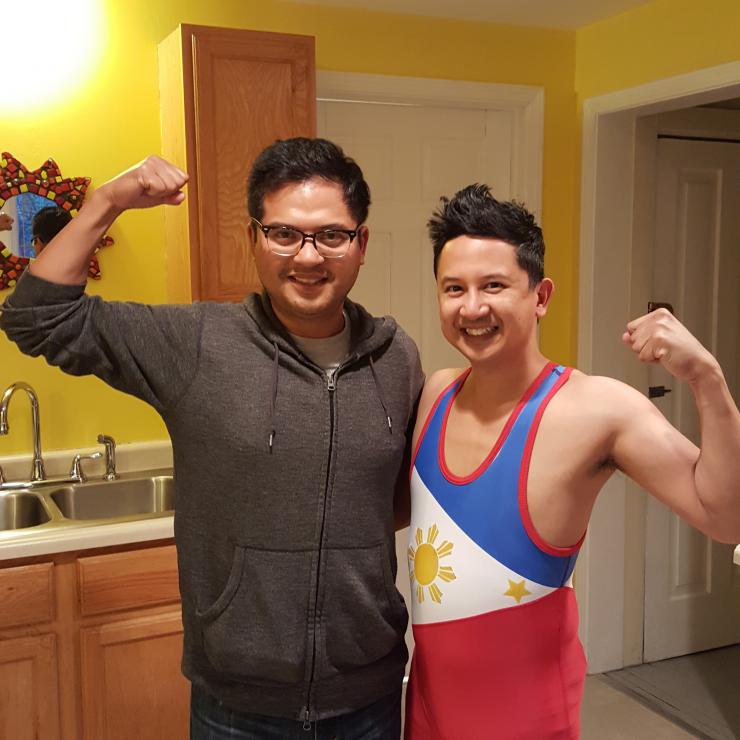
Emilya: Is there a Pilipino aesthetic and what does it look like? I think it’s slightly different on the East Coast versus West Coast versus middle of the country—what do you see?
Randy: The playwrights that I’ve worked with, including Victor and A. Rey Pamatmat, their writing is quite bold and isn’t bound by traditional structures of storytelling, which is very exciting to me. It’s funny and very dark at the same time.
Victor: When I think about a Pilipino aesthetic, I see the accumulation of different cultures (or takeovers), one that is layered upon each other. Sometimes they collide with one another, other times one fragment rises. But this too can also be confining. When history or a civilization demands we bear that many layers, it can feel like a straitjacket. So, there’s this sense of unrest in the writing.
I remember one of my aunts who had clothing made from traditional fabric. It was plaids and stripes together, bright colors. As a kid, I was so embarrassed, “Oh, my God, she’s wearing plaids and stripes together.” But now as an adult it’s a beautiful thing, the ability to layer and mix…that’s who we are as a people—we’re plaids and stripes together.—Emilya Cachapero
Emilya: At our core we’re a tribal culture, with all the different islands and the different dialects. We’re a matriarchal culture and also a culture that has had many revolutions over the years with different colonial layers on top. From the original people, to the Indo-Malaysian stock, the Spanish, the Japanese, the US, and all of these actually create a very mixed-race culture. When I was growing up, we’d have relatives coming over from the Philippines, and I remember one of my aunts who had clothing made from traditional fabric. It was plaids and stripes together, bright colors. And as a kid, I was so embarrassed, “Oh, my God, she’s wearing plaids and stripes together.” But now as an adult looking at the tribal culture, it’s a beautiful thing, the ability to layer and mix what a mainstream culture would consider jarring. There’s such great beauty in the mixture, the unexpected collision of color and texture and I think that’s who we are as a people—we’re plaids and stripes together.
It’s not common to see Pilipino characters on stage, both in predominantly white theatres or even in API theatres or theatres of color. What was your experience working on tot?
Victor: It was an extraordinary opportunity. The gift of being given a voice as a playwright and a platform for our stories is not lost on me. I knew that I wanted to create a narrative that went beyond the stereotypes and delve into the schizophrenic family struggles of being between two worlds and cultures. It was a great chance to work with Randy, who is a talented actor and director who happens to be Pilipino. Bringing it to life at Mu reminded me of the many career kickstarts I’ve been gifted from the API community.
Randy: Rick Shiomi was still running Mu Performing Arts when he brought on Victor to be part of a two-year development program culminating in a production. I was thrilled when he chose Victor and thought, “Great, hopefully he’ll write a Pilipino play. Maybe I could direct it or even be in it.” Our generation is very much about collaboration and lifting each other up and I definitely felt that when I first met Victor. I’ve spent a lot of time playing characters from different ethnicities including Russian, British, white, nondescript, and it’s very challenging trying to personalize the journeys of those particular roles. Then you get something like tot, and with every draft, I felt Victor was writing about me. It was connecting with all my experiences, my triggers, my emotional capacity. There was a scene that he wrote where tot was wearing a Hulk Hogan mask in the airport to give him some strength on his journey to the US, and I thought, “I have a picture of me in a Lone Ranger mask that I wore to the airport when I was moving from the Philippines to America.” And he didn’t know that about me. He was just writing his play.
Emilya: Randy, tot gave you the rare chance to play a character that was written as a Pilipino. I wonder, because yellow face is such a question in our field right now, what are your thoughts on API actors playing characters who are not of their personal ethnicity? There are so few roles and opportunities for API actors, but is there a double standard?
Randy: That’s a complicated question. To me, it’s about resources and intentionality. At Mu, I try to cast ethnically specific, like for You for Me for You by Mia Chung, we cast Korean actors, and it was the first production that had Koreans in the role despite productions in many different locations including London. We have a pool of Korean actors in the Twin Cities, but we don’t have a pool of Chinese actors, and to do a play like Flower Drum Song, which we’re producing later this season, there aren’t going to be any Chinese actors. I still feel like that story needs to be told, and I’m excited that our API community is going to tell that story, even though I can’t cast it, because of resources, specifically Chinese. It would be great if at some point there were enough stories about people of color that even come close to the number of stories about the white experience, but we’re not anywhere near that. So until then we need to tell our stories as authentically as we can.
Victor: I agree with Randy, that we must make the pie larger, so there’s more inclusion and greater diversity. In 2g’s work and in all of my other work I try to be as racially specific as possible so we can get the nuances within the different races and API cultures. Ultimately, that makes better storytelling. Rather than blending cultures or swapping one for another, the goal is a richer understanding. In terms of playing classical and major canon roles, there has been criticism that actors of color didn’t have the skills and that’s honestly not true now. Randy came from Juilliard and there are many other API artists with strong training. At the same time, we need to build a bench of emerging artists with the skills and cultural knowledge to handle culturally specific and western work.
Randy: I’m surprised by large organizations that have the resources and don’t do due diligence in terms of casting. You have the resources to cast anyone in the country, why wouldn’t you find that specific ethnicity and bring an authenticity to the piece that goes beyond training? If you’re a small theatre company with a small pool of actors and you don’t have those resources, you still need to be responsible but it’s a different thing. If you’re an academic institution, you have a responsibility to your students to model best practices and to avoid misappropriating culture. It’s a unique situation for each different organization. If you’re thinking about culturally specific work, then you have to ask the question, why are you doing this?
Emilya: Imagine you’re in your theatre Utopia—if we were to dream big and say, “OK, this is what we’re moving towards,” what does that look like?
Randy: I’ve been thinking about this for a long time. I want a national API cultural center. I want a building with a beautiful Asian aesthetic that our community can look at and be proud. It would house three theatres, restaurants, event spaces, a museum, a library. I say a building because having a home is very important and our community doesn’t have a home. We’re always in other people’s homes. I think that psychologically something will switch when we can be proud of a home, a place that we run, that’s built for us, with us, by us, that houses our stories.
Victor: I want there to be equitable pay for practitioners who participate in this unbelievable thing called theatre. We need to make a living; take care of ourselves and our families. Equity starts with the hiring of a diverse staff, paid at a real living wage. The theatres I want to run would not only lead with excellent art, but with a price point that can welcome neighbors who want to experience theatre for the first time, without breaking the bank. I’ve always loved theatre under the stars and my dream version is a park amphitheater where people can come together, have a picnic, visit with this community, then gather around a great story.
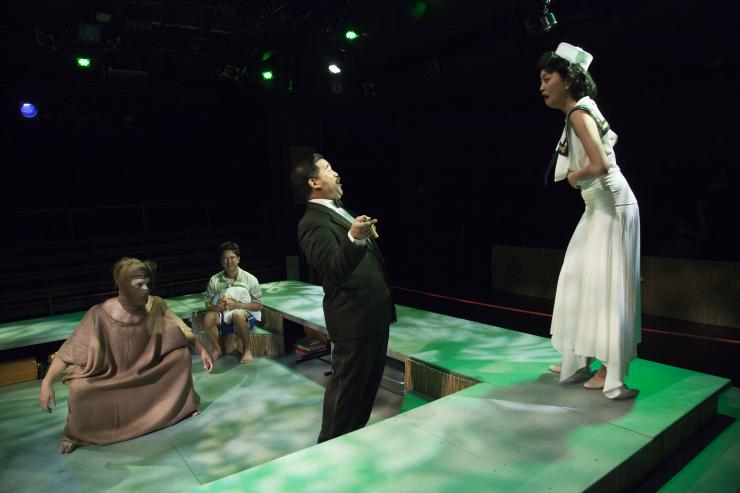
Emilya: What keeps you going? Where do you get your fuel?
Randy: I rely on the people who have tread this path before me, and the people who are doing the work—the Twin Cities Theatres of Color Coalition has been key to my health and my sanity. When I was going through the Miss Saigon issue here with the Ordway in 2013, I talked with Ralph Peña and David Henry Hwang for guidance. And of course Rick Shiomi continues to be a mentor of mine, and you, Emilya, and colleagues like Victor. I rely on conversations, I rely on feedback, I rely on that support, to know that I’m not alone and that I have people to talk to who have gone through it and have done it for many years.
Victor: Along the way there were a few people who took me under their wing, giving me some unbelievable journeys. That vote of confidence and coaching from you Emilya, TCG, and so many others has been priceless. Through the years, I’ve also learned to look for evidence of people’s word, instead of buying into a dream. When I became clearer about who was authentic and gave real opportunities to me and other people, it changed my life, and it changed how I approached the business of theatre.
Emilya: It’s hard to re-energize yourself and we all need nutritional people. Having juicy conversations with nutritional people and finding the people who feed you, who fuel you is how we can keep getting up every day to do the things that we have to do. You two are very nutritious for me, thank you.

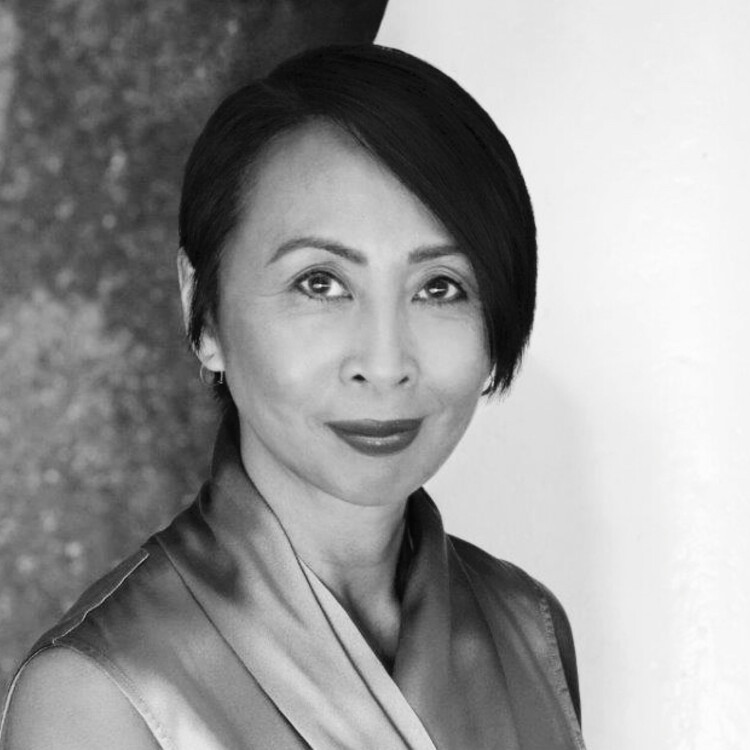
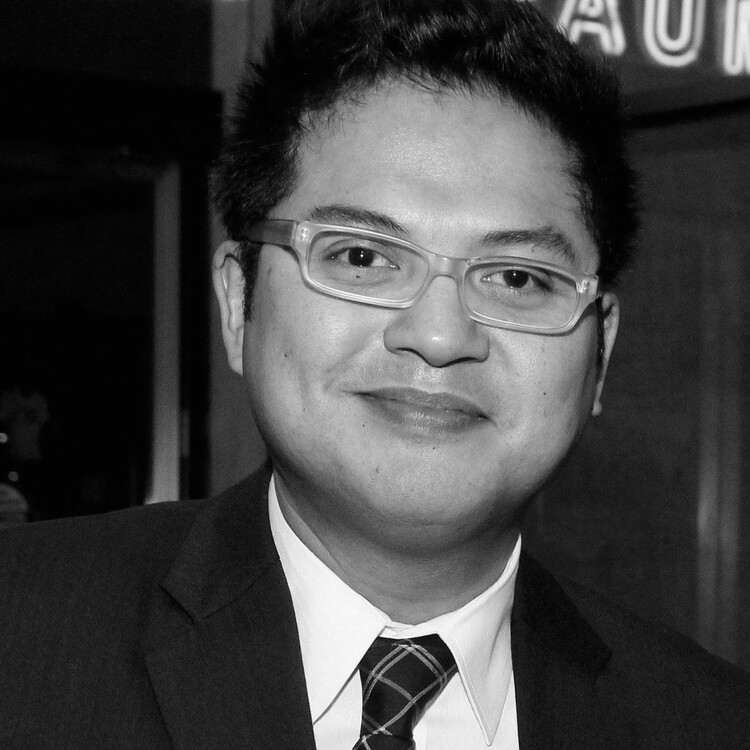
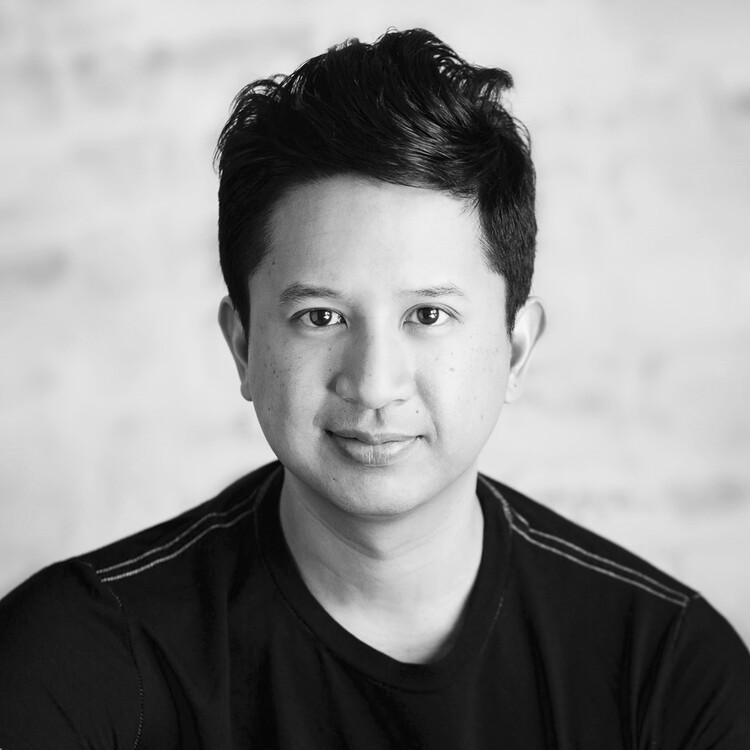
Comments
The article is just the start of the conversation—we want to know what you think about this subject, too! HowlRound is a space for knowledge-sharing, and we welcome spirited, thoughtful, and on-topic dialogue. Find our full comments policy here